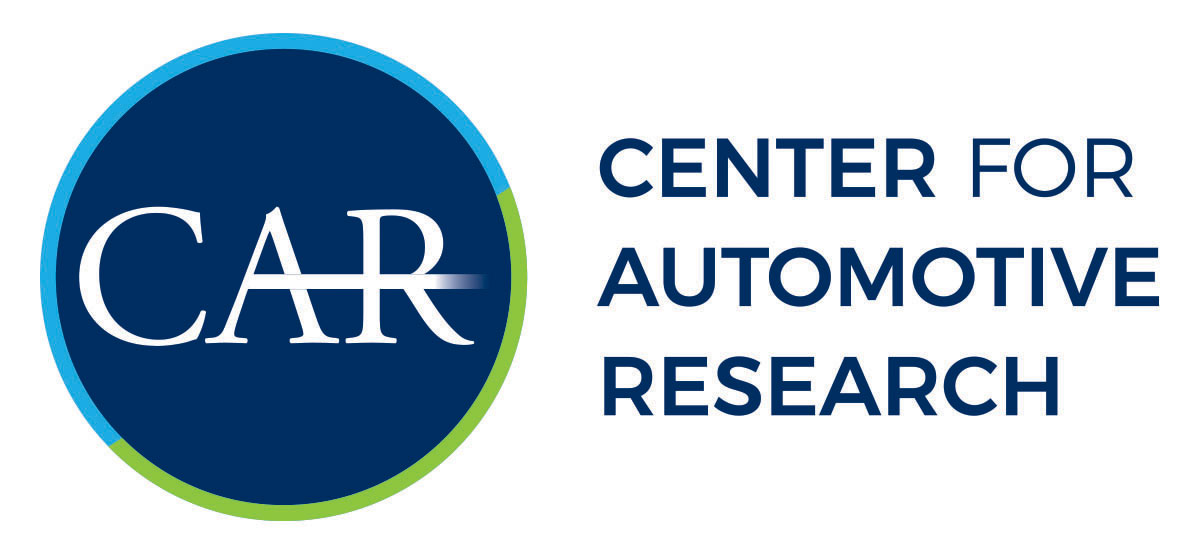Aug 1, 2009
The Specialty Equipment Market Association (SEMA) and the Center for Automotive Research (CAR) have engaged in a multi-phased project to create vehicle technology planning and business strategy guideposts for SEMA members. The first Phase I report in the program—The Specialty Equipment Company of the Future: Guideposts for Technology Forecasting and Strategic Planning—was released in the third quarter of 2008. This, the Phase II second report—Powertrain Forecast and Analysis: What is Coming and What are the Implications for the Specialty Equipment and Performance Aftermarket Industry—addresses the rapidly changing powertrain paradigm in the U.S. market
Aug 1, 2009
The Specialty Equipment Market Association (SEMA) and the Center for Automotive Research (CAR) have engaged in a multi-phased project to create business strategy guideposts for SEMA members.
May 1, 2009
The automotive industry has long been, and continues to be, one of the most important sectors in the U.S. economy. The motor vehicle and parts manufacturing industries employed 597,000 workers directly, as of March 2009, and the Detroit 3 employed 202,8002 hourly and salary workers in the United States, as of February 2009. The international producers employed 107,5003people in the United States in January 2009. The auto industry has one of the largest economic multipliers of any sector of the U.S. economy, and is sufficiently large that its growth or contraction can be detected in changes in the U.S. Gross Domestic Product. In many states, employment in automotive and automotive parts manufacturing ranks among the top three manufacturing industries.
Jan 1, 2009
The motor vehicle industry is the largest manufacturing industry in the United States. No other single industry is linked as closely to the U.S. manufacturing sector or directly generates as much retail business and employment as the motor vehicle industry. This study describes the economic contribution of American Honda Motor Co., Inc. and all of its U.S. Honda-affiliate companies.
Nov 1, 2008
The automotive industry has long been, and continues to be, one of the most important sectors in the U.S. economy. The motor vehicle and parts industries employed 732,800 workers directly as of September, 2008, and the Detroit Three employed 239,341 hourly and salary workers in the United States at the end of 2007. The international producers employed roughly 113,000 people in the United States at that time. The auto industry has one of the largest economic multipliers of any sector of the U.S. economy, and is sufficiently large that its growth or contraction can be detected in changes in the U.S. Gross Domestic Product. In many states, employment in automotive and automotive parts manufacturing ranks among the top three manufacturing industries. The purpose of this memo is to estimate the economic impact—in terms of jobs, compensation and tax revenues—of a major contraction involving one or more of the Detroit Three automakers.
Oct 1, 2008
The automotive industry has undergone a transformational evolution over the last two decades. Compared to just 20 years ago, the industry is now building different, more complex products and using changing corporate structure to deliver more content to consumers while actually decreasing prices. The increases in efficiency necessary to accomplish these changes have come about as a result of painful structural change that has significantly increased collaboration between automakers and suppliers. The industry is therefore functioning under a different operational structure for which the business practices and corporate departments of both automakers and suppliers were not conceived. To take maximum advantage of the benefits offered by collaboration, and to advance the implementation of collaborative business practices even further in the future, automotive manufacturers and suppliers need to structure their companies in a way that will maximize collaboration while freeing employees and departments to do the tasks for which they are most appropriate.
Sep 1, 2008
The Specialty Equipment Market Association (SEMA) and the Center for Automotive Research (CAR) have engaged in a multi-phased project to create business strategy guideposts for SEMA members. The first report in the program—The Specialty Equipment Company of the Future: Guideposts for Technology Forecasting and Strategic Planning—identifies strategic challenges for SEMA and its member companies in the mid-term (3-7 years). The information presented is based on a series of interviews with thought leaders from vehicle manufacturers (VMs), original equipment (OE) parts suppliers, specialty equipment (SE) suppliers, and other auto industry stakeholders. These interviews were supported by literature reviews and other data gathering techniques.
